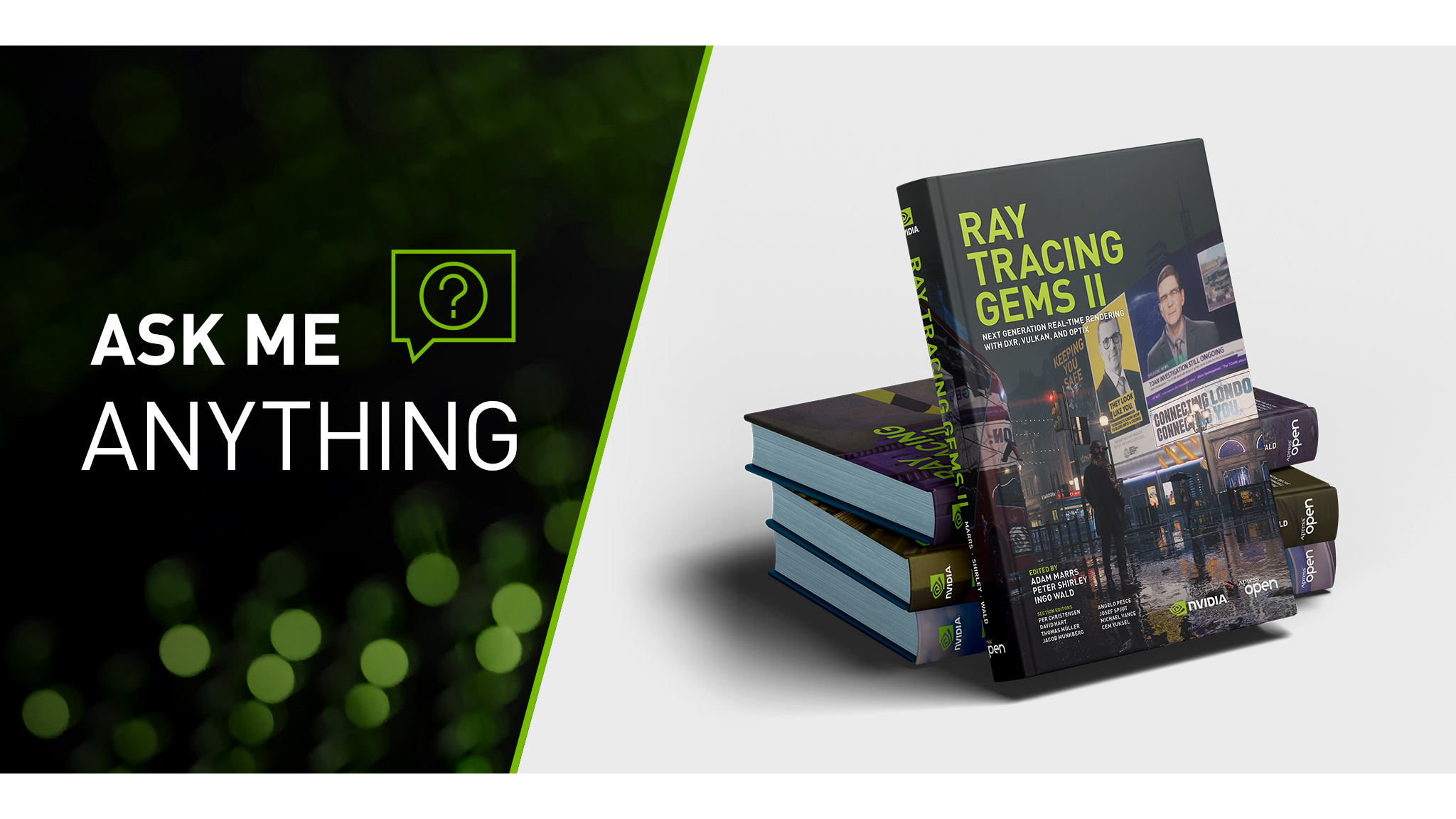Inspiring work from Tomasz, the scene at the end is such a flex, love it!
Excellent write up too. Apparently that’s the simplified version but it sailed miles above my head.
We’re definitely in the era of “ray tracing hacks” given the need to be super smart about using limited ray budgets for real time GI. Hopefully this coming generation of hardware can do at least 1 ray per pixel for each lighting pass (shadows, reflections, GI).



